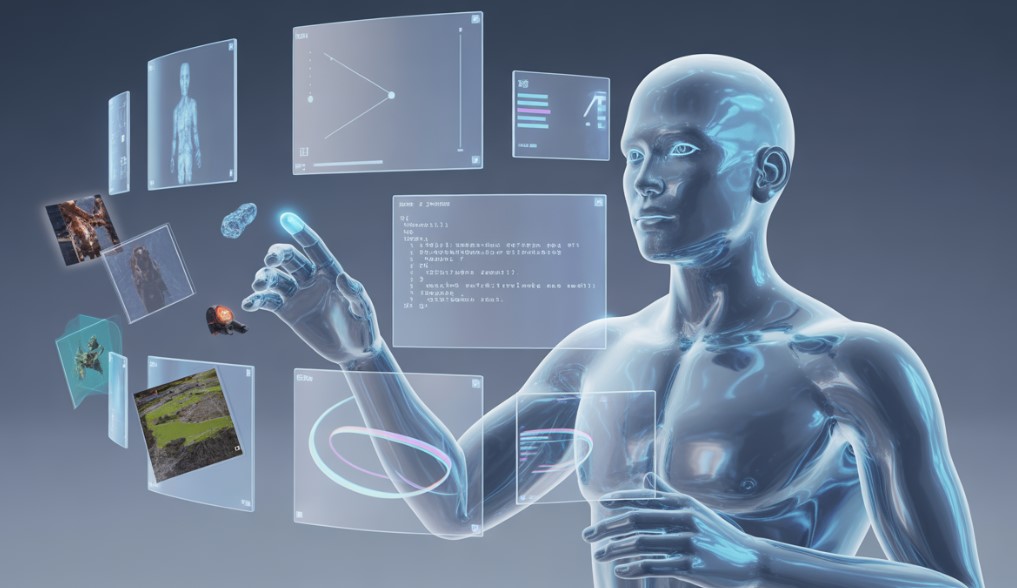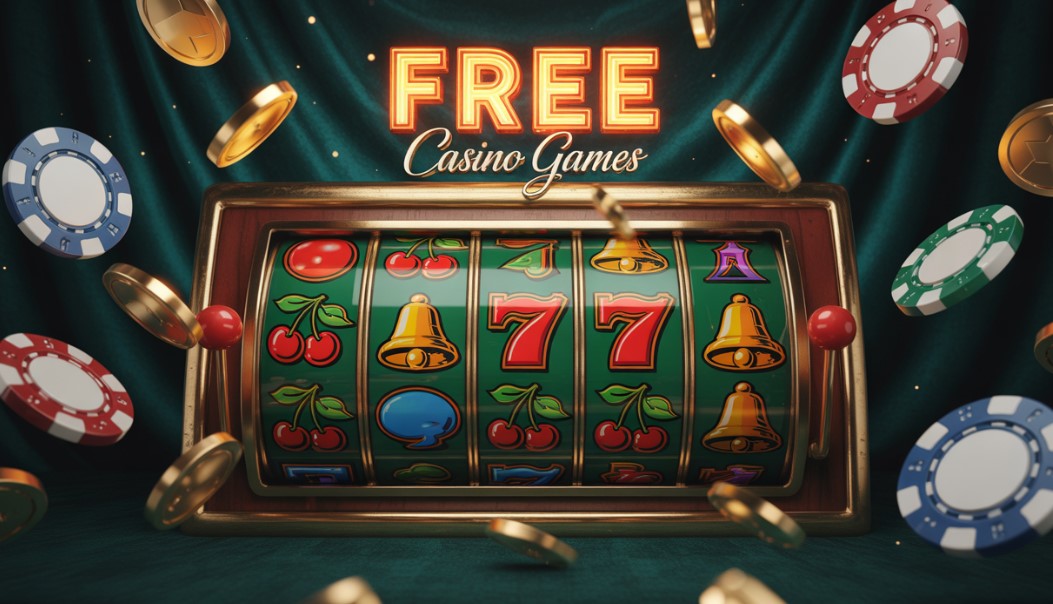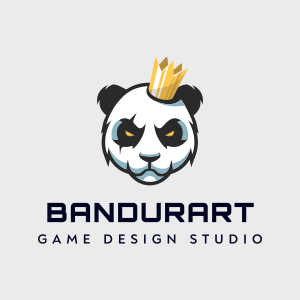Modern Game Design and Virtual Assistant Use
The gaming industry is expanding dramatically, with more and more people getting into gaming every day. When there is increased demand for gaming services, it becomes challenging and chaotic for gaming companies to handle so many customers (or, in this case, gamers) and their customer service requirements. Here is when virtual assistants can come in handy. They are a significant part of modern game design nowadays.
But are intelligent virtual assistants required in the gaming industry on a basic level as of 2025? Yes! Virtual assistants are a one-stop solution for all the customer care support problems that the gaming industry faces. It is essential for businesses to understand that intelligent virtual assistants are required in the gaming industry and that virtual gaming assistants are the future of the present and coming generations.
What is a Virtual Assistant in Game Development?
In game development, a Virtual Assistant (VA) is generally an AI-driven Non-Player Character (NPC) created to give directions, news, or help the player in the course of the game. VAs, which are usually considered game features, differ from regular story characters in that they act more like an aid system or a revolved tutorial.
Key Functions:
- Player Guidance.
- Dynamic Help Systems.
- Immersion and World-Building.
- Accessibility Features.
- Data Collection & Feedback.
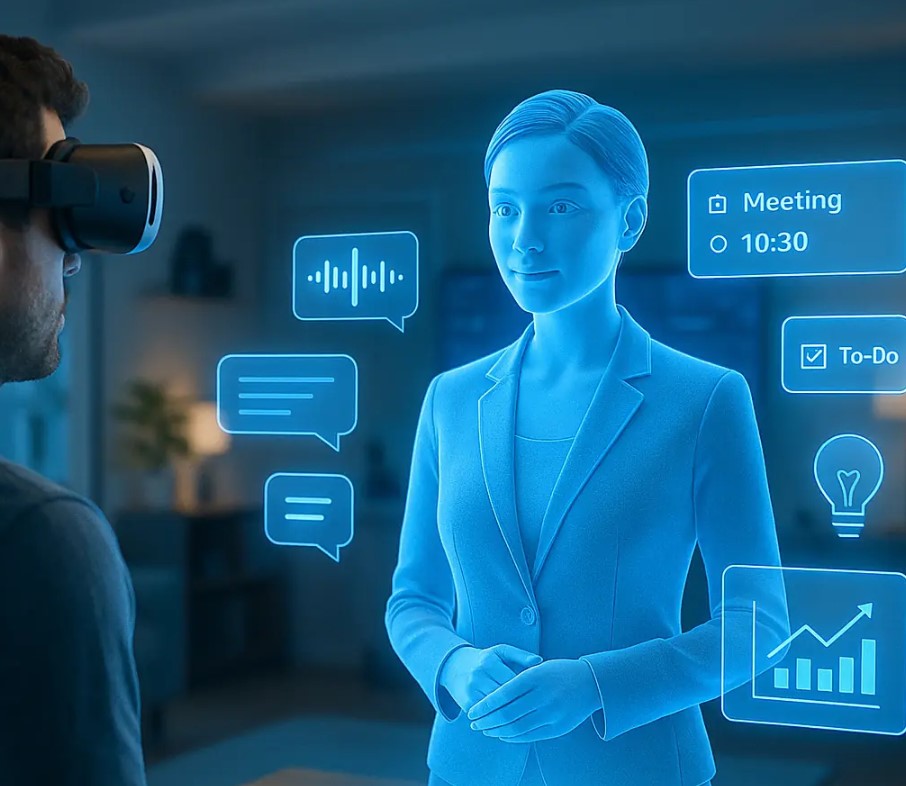
Why Do Game Designers Need Virtual Assistants?
Game designers employ virtual assistants (VAs) to take care of their regular and project management tasks, maintain community engagement at an efficient level, and use AI-driven virtual tools for fast content creation and testing. As a result, the designers are liberated for more creative and strategic work.
- Optimizing Workflow and Productivity:
- Project Management
- Administrative Support
- Cost Efficiency and Flexibility
- Enhancing Creative and Technical Processes:
- Content and Asset Creation
- Testing and Quality Assurance
- Research and Data Analysis
- Bridging the Gap with Players:
- Community Management
- In-Game Support
6 Key Ways a Virtual Assistant Helps Modern Game Design
A virtual assistant, which is frequently AI-powered, enables game design to flourish by taking over project management and other routine tasks. It helps create and refine visual materials and uses data analytics for game balancing and personalization.
Game Research & Concept Development
Game designers often use VAs as both a creative collaborator and a productivity enhancer in the research and concept development phases. By using them, teams can not only shorten their workflows but also gain access to a wide range of ideas and have their monotonous tasks handled by VAs. Thus, human designers have more time to devote to the core aspects of creativity and innovation.
Game Research:
- Market and Trend Analysis.
- Knowledge Gathering.
- Data Organization.
Concept Development:
- Rapid Ideation and Prototyping.
- Worldbuilding and Narrative Design.
- Asset Creation.
- Simulation and Testing.
Asset Coordination & File Management
Asset Coordination:
- Tracking and Status Updates. VAs may use project management tools to monitor the progress of each asset.
- Communication Hub. VAs are the primary point of contact. They enable communication between various departments, thus managing the flow of information.
- Feedback Management. The process is made smoother through their comments being recorded, assigning the right team members to tasks, and keeping the information until the problem is resolved.
- Access Control Coordination. VAs supervise and manage permissions in Digital Asset Management (DAM) systems and make sure that the right team members can view, edit, or approve specific assets.
File Management:
- Implementing Naming Conventions and Structure. VAs can enforce organization by establishing systematic folder structures and clear file-naming conventions across all the storage platforms.
- Version Control Support. They make sure that the team members use the correct, up-to-date versions of assets.
- Metadata Tagging. A VA can help assign relevant metadata to files in a DAM system, enhancing the ease of locating and the speed of retrieval.
- Auditing and Backups. They audit the asset library regularly, identify unnecessary or duplicate files, and implement backup procedures to ensure the security of all game data.
- Documentation. It describes the processes of asset creation, alteration, and usage guidelines, which keep the entire team updated and provide easy reference to the previous decisions.
Documentation & Workflow Support
VAs carefully handle the documentation, improve communication and automate the routine project management tasks. When they take care of these necessary yet very time-consuming administrative and organizational tasks, VAs make the entire process more efficient and free up human talent to engage in the creative, high-impact side of game design.
Game Testing & Q&A Support
VAs mainly do this by using AI for automated testing while they serve as an important communication bridge between the dev team and the player community. They perform work such as manually testing bugs, converting technical staff’s feedback into understandable language for the community, and letting the community know about the progress of beta testing. These agents perform automated testing, respond to player queries, and even give in-game help.
Data Entry for Game Metrics
These remote assistants can be a great help in game design by taking over the routine parts of the game metrics that require the data entry and management. VAs communicate data in such a way that it becomes easy and relevant information, thus giving the company a great advantage to make data-driven decisions in order to improve gameplay, player retention and overall design.
Communication & Team Coordination
Modern game design, communication, and team coordination get a boost from a VA who manages the project management details, makes the information flow more efficiently, and acts as the reference. This is where the creative staff are free to focus on core game development.
Streamlining Communication
- Centralized Information Hub.
- Email and Calendar Management.
- Documentation and Reporting.
- Laison Services.
Enhancing Team Coordination
- Task Delegation and Tracking.
- Workflow Optimization.
- Time Zone Management.
- Resources and Budget Management.
- Quality Control.
Social Media & Community Support
The remote assistants primarily focus on the social media activities such as content creation, scheduling, community engagement and support by being the bridge between the developers and the player base. VAs can do marketing materials design, reply to players’ comments and questions, manage forums, and translate technical updates into player communications.
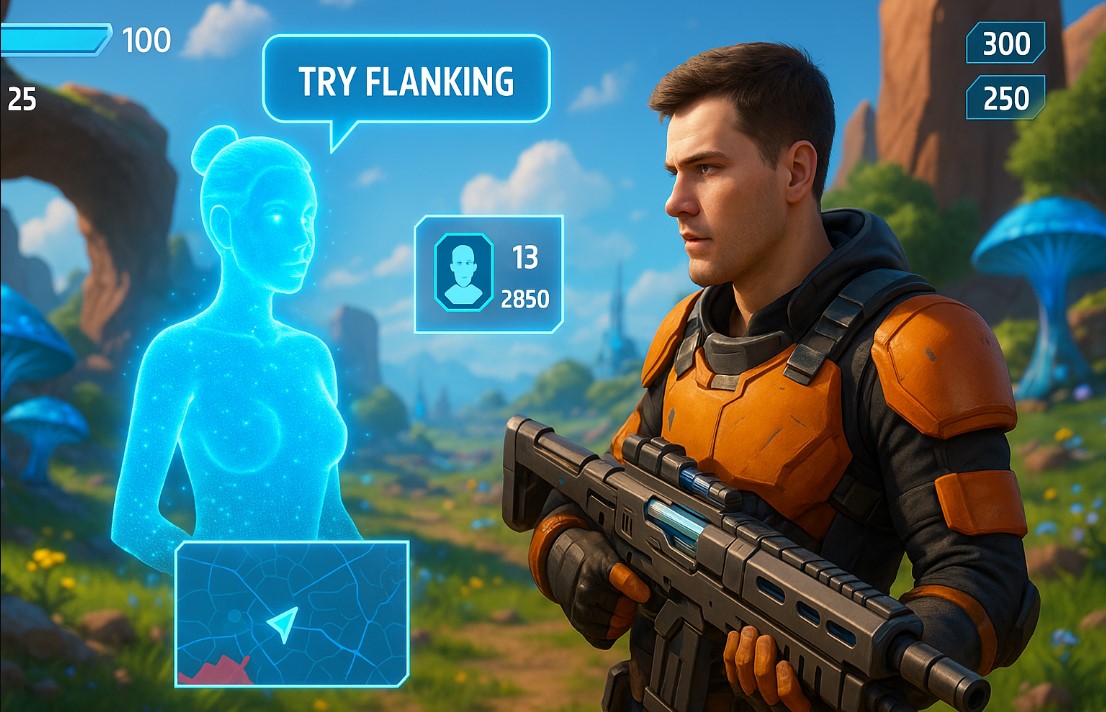
7 Benefits of Hiring a Virtual Assistant in Modern Game Design
- Increased Productivity and Focus. Virtual assistants give game designers the opportunity to concentrate on the development of the game at a high level because they take care of the routine tasks such as administration, customer support, or even simple graphic design.
- Cost Savings. The price for a virtual assistant is on average, less than that of a full-time employee because expenses for an office space, benefits, and other overheads are cut.
- Access to Specialized Skills. A VA may bring on board the team the support with the most up-to-date technologies, such as tech support, project management, or even the creative side such as graphic design and video editing, if the core team lacks these skills.
- Flexibility and Scalability. The services of virtual assistants can be increased or decreased depending on the requirements of a project, thus leading to a cost-efficient solution without long-term commitments.
- Faster Project Turnaround. One of the problems of several time zones can be turned into a plus when VAs are in different time zones.
- Improved Work-Life Balance: By delegating some of the tasks, game designers are able to get a better balance of work and personal life.
- Technological Proficiency: Virtual assistants are tech-savvy and can proficiently execute a wide variety of digital tools.
When Should a Game Designer Hire a Virtual Assistant?
Game Developers must hire VAs when they see that they are sharing administrative, repetitive, or non-core tasks more than actual modern game design and strategic planning. The idea is to remove from their plate the tasks that do not require their particular skills so as not to be exhausted and be able to concentrate on the creative work that has a higher value.
It is recommended to bring a virtual assistant on board in situations where they are constantly inundated with work, don’t have enough time for creative tasks that have a significant impact, or are getting tired due to monotonous activities such as administration, social media, and basic customer service.
It is more beneficial to work with a VA at the initial stage of being busy rather than when one is already overwhelmed, as it provides more time to concentrate on game design, productivity increases, and growth can be managed better.
Conclusion
If you found this guide helpful and inspiring, please support the BandurArt team by sharing this content across your social media channels and adding it to your bookmarks for future reference. Furthermore, for those interested in creative or commercial collaboration, feel free to contact the BandurArt team directly.

